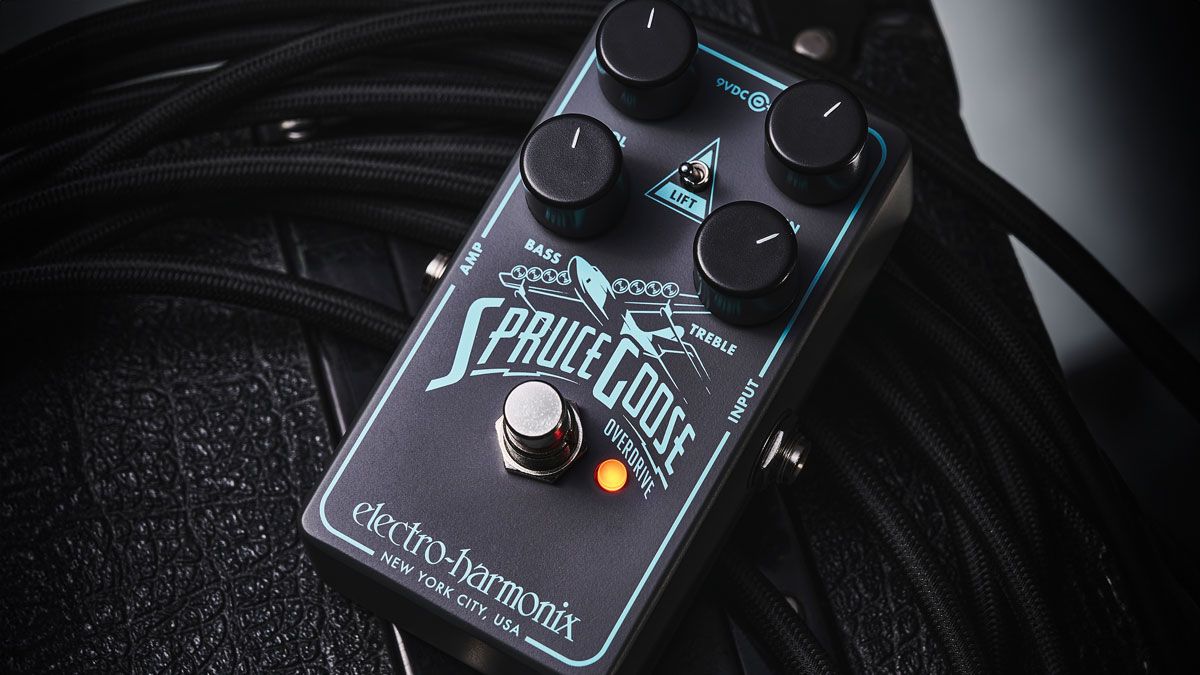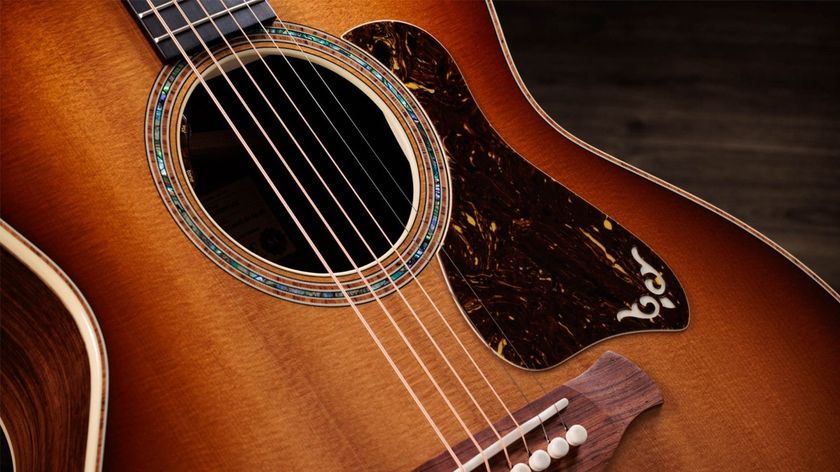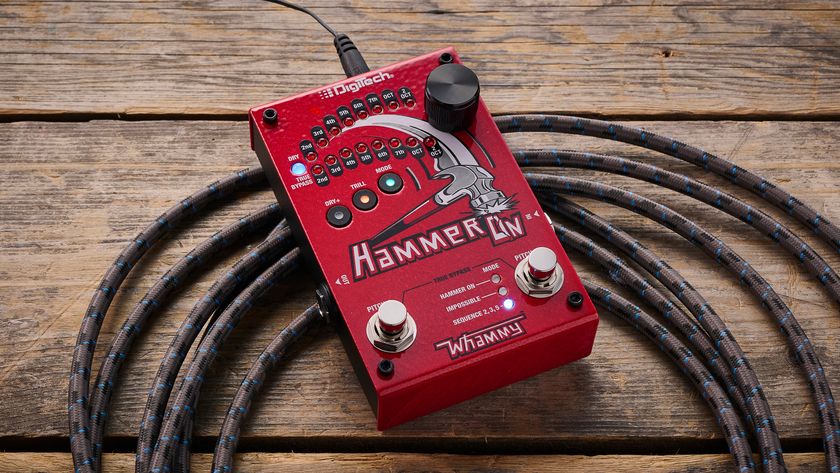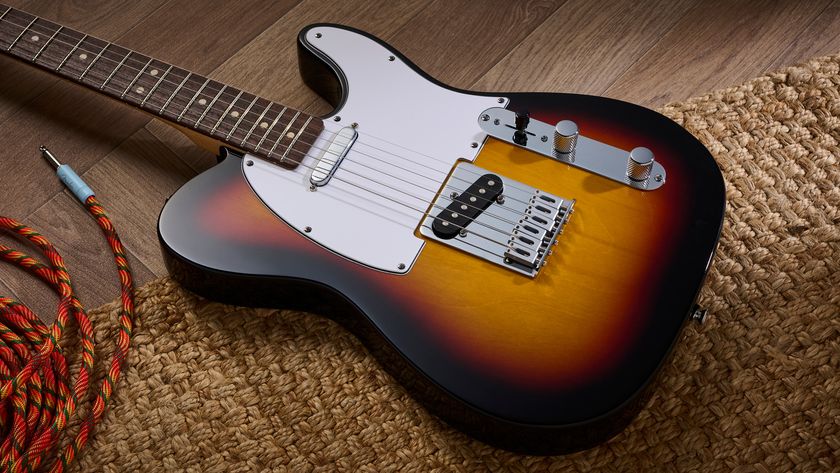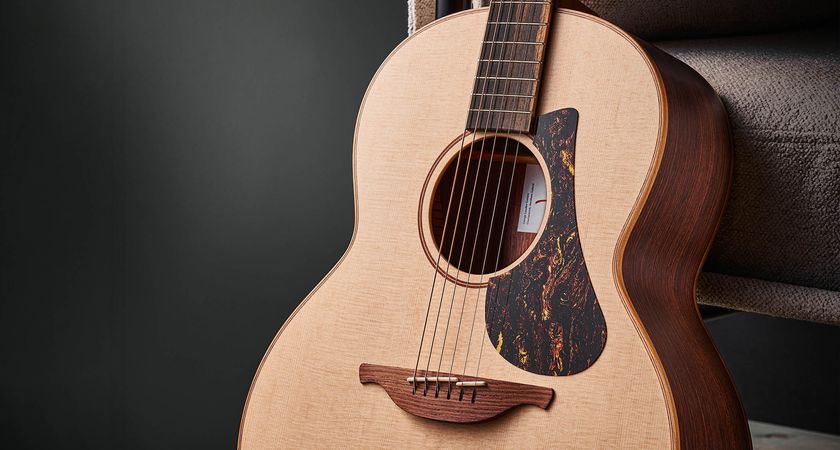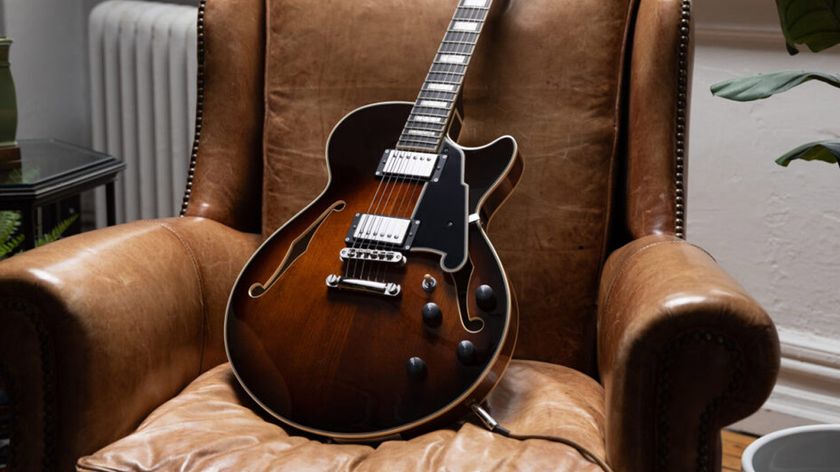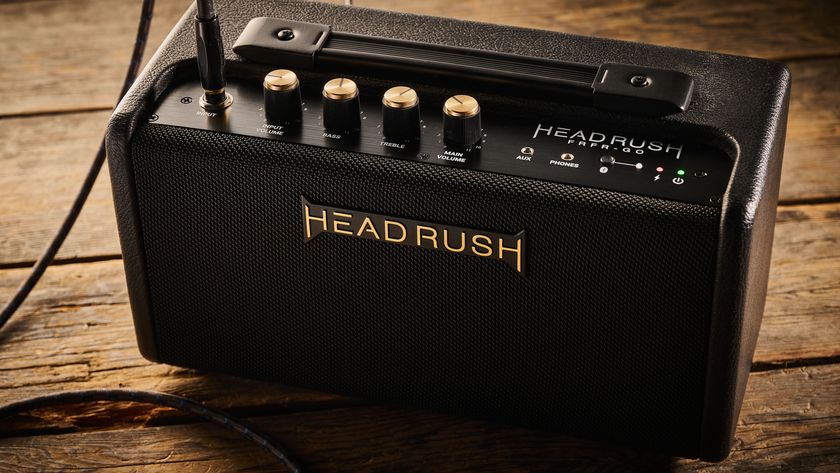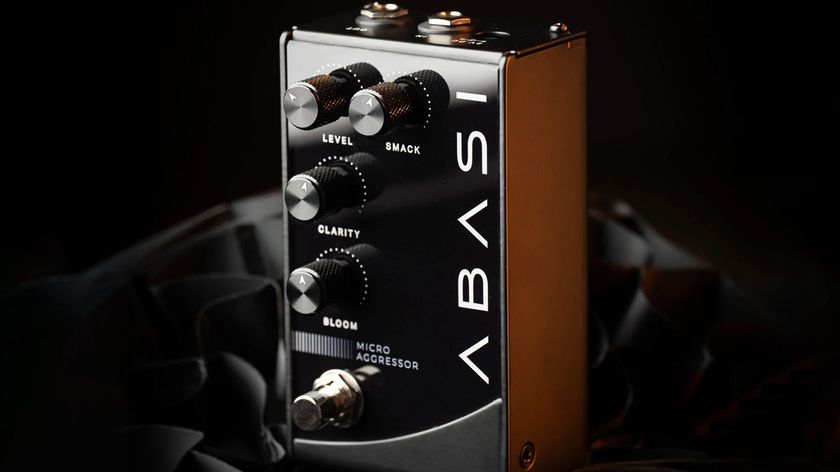Guitar World Verdict
While plenty of pedals use the Marshall Bluesbreaker as a basis and evolve the design with extra facilities, the Spruce Goose’s particular slant on that offers real flexibility at a manageable price point.
Pros
- +
Practical size.
- +
Selectable Lift options.
- +
Solid EQ.
- +
Momentary footswitch operation.
Cons
- -
Nothing, unless you don’t like the thought of removing four screws to change the battery…
You can trust Guitar World
The latest addition to EHX’s extensive range of overdrive pedals, the Spruce Goose, is based on the pedal circuitry of Marshall’s Bluesbreaker. Here, however, it extends the feature set beyond the recently reissued original to include a choice of three input gain settings, additional output and expanded EQ.
The pedal’s input gain options are accessed via a Lift toggle switch that has low, medium and high settings that progressively hit the input to its drive circuitry harder.
At its low setting, you can start with a nicely transparent clean boost with the Volume knob set to the high and lower settings of the Gain knob. Advancing the Gain knob will take you through some early break-up sounds and natural low-level drive.
The Bass and Treble knobs are wide ranging and can exert quite an influence on the overall tone, dialling in what you need to best suit your pickups and amp. The Bass is adept at adding a little girth to single coils, while the Treble knob needs to be set appropriately to match the Gain setting.
Lower positions of the Gain knob benefit from upping the Treble knob, while advancing the Gain knob not only turns up the gain but increases top-end presence – something that you may wish to tone down.
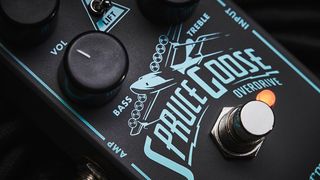
The low Lift setting may be reason enough to buy the pedal, but you also get medium and high positions that add 9dB and 21dB respectively, and the resultant extra gain and compression can usher in a range of driven amp tones for sustained singing leads.
The Spruce Goose stacks well with other pedals, too, with plenty of options in how you push things up a level, and there’s a nice touch in the pedal’s footswitch allowing momentary engagement of the effect as well as standard latching operation.
While latching operation is carried out with a push-and-release until the switch clicks, you can just press it down to make the effect active for as long as you have your foot on it. Once you’ve got the controls set right, it can be useful for emphasising a passage or tipping things over the edge to generate harmonics/feedback.
Specs
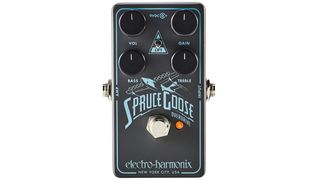
- PRICE: $/£129
- ORIGIN: USA
- TYPE: Drive pedal
- FEATURES: Mechanical relay true bypass, latching/momentary footswitch action
- CONTROLS: Volume, Gain, Bass, Treble, Lift switch, Bypass footswitch
- CONNECTIONS: Standard input, standard output
- POWER: 9V battery or supplied 9V DC adaptor 20mA current draw
- DIMENSIONS: 72 (w) x 111 (d) x 50mm (h)
- CONTACT: Electro-Harmonix
Trevor Curwen has played guitar for several decades – he's also mimed it on the UK's Top of the Pops. Much of his working life, though, has been spent behind the mixing desk, during which time he has built up a solid collection of the guitars, amps and pedals needed to cover just about any studio session. He writes pedal reviews for Guitarist and has contributed to Total Guitar, MusicRadar and Future Music among others.

Billy Corgan announces new solo project featuring Smashing Pumpkins guitarist Kiki Wong, and U.S. tour celebrating classic Pumpkins eras

“Freddie King would ask me why I never tried using thumbpicks – I just couldn't play with one”: He took Jimi Hendrix's place in Little Richard's band, was idolized by Stevie Ray Vaughan, and is one of the most overlooked Telecaster slingers of all time

“If any song can unite all generations of rock guitar fans, this is it”: March 2025 Guitar World Editors' Picks
